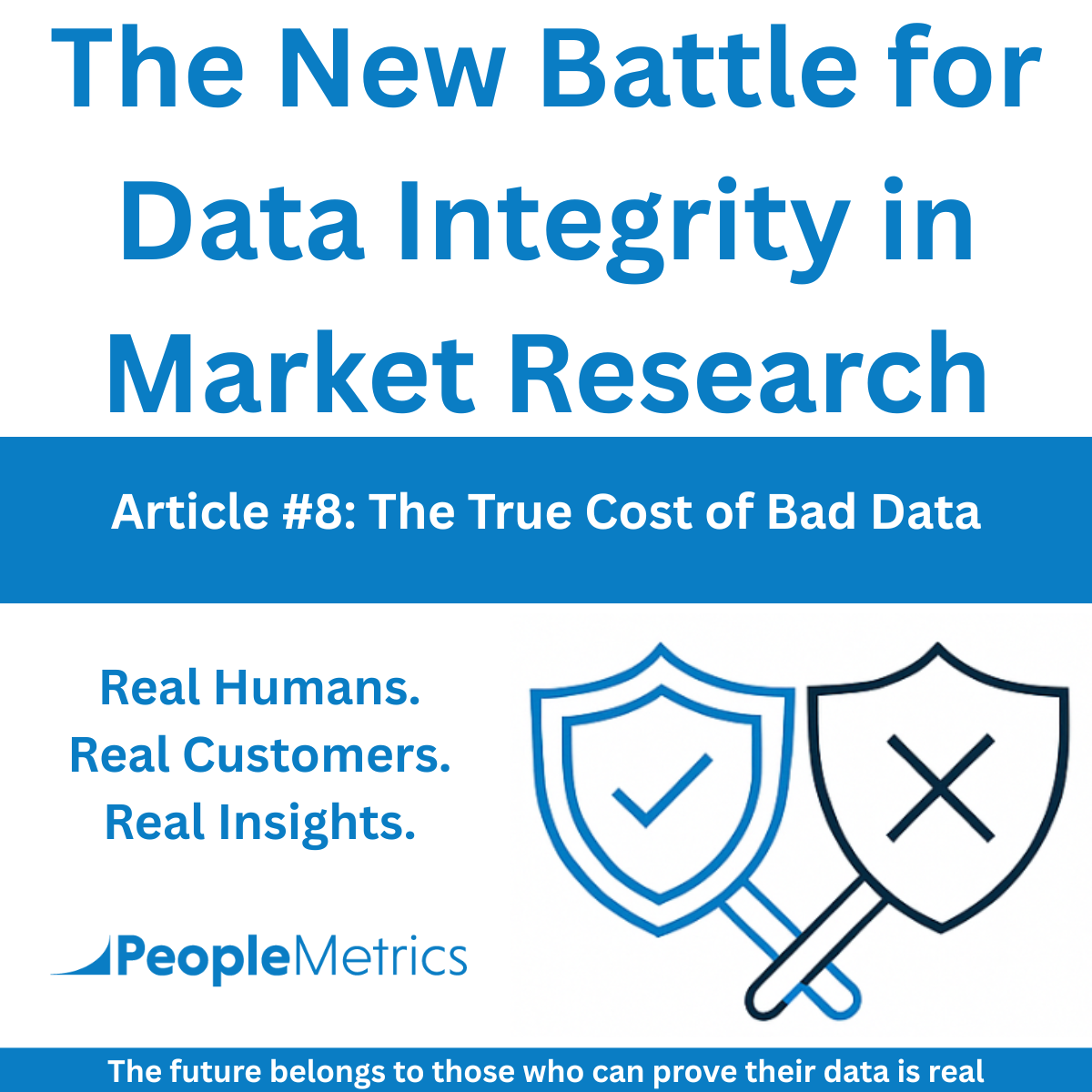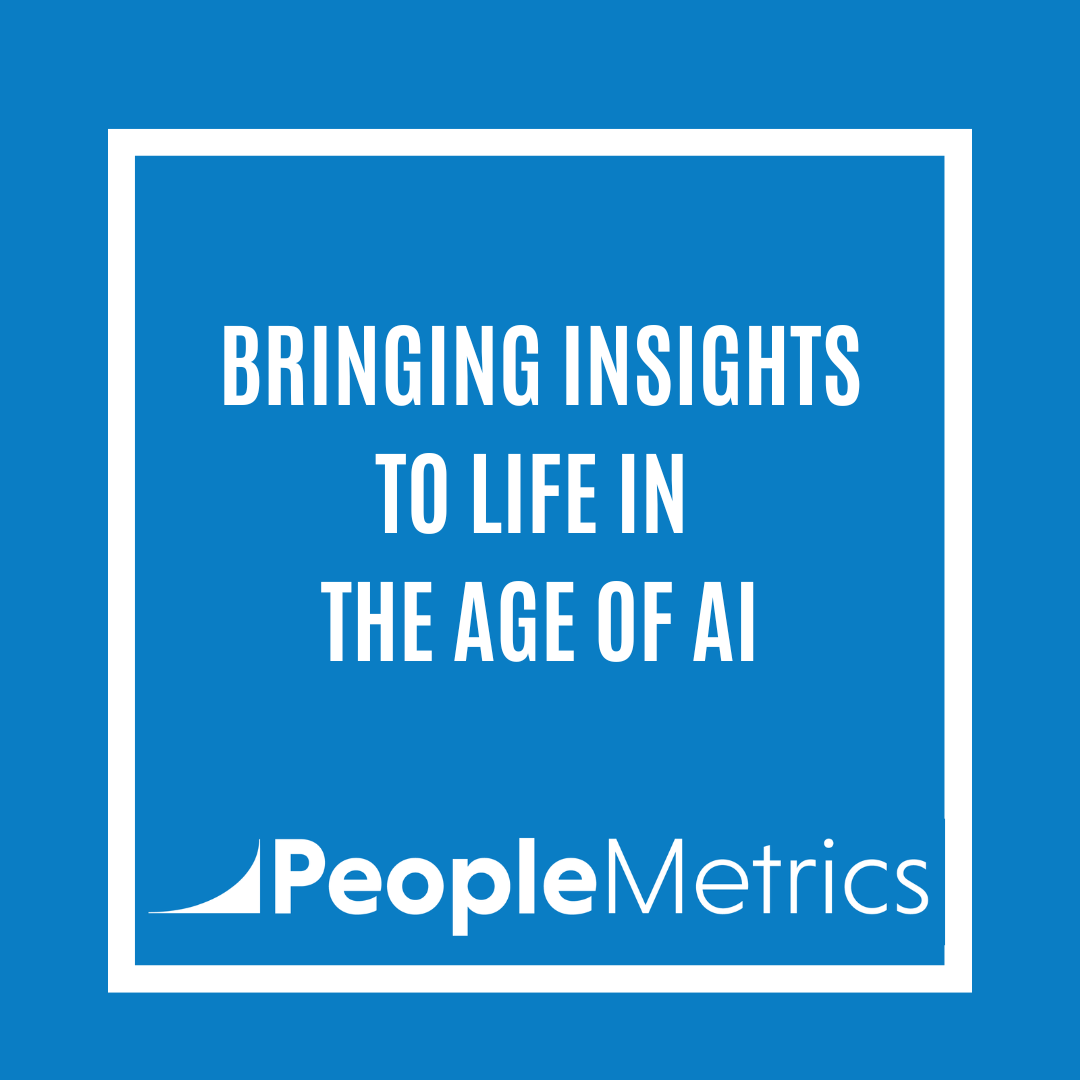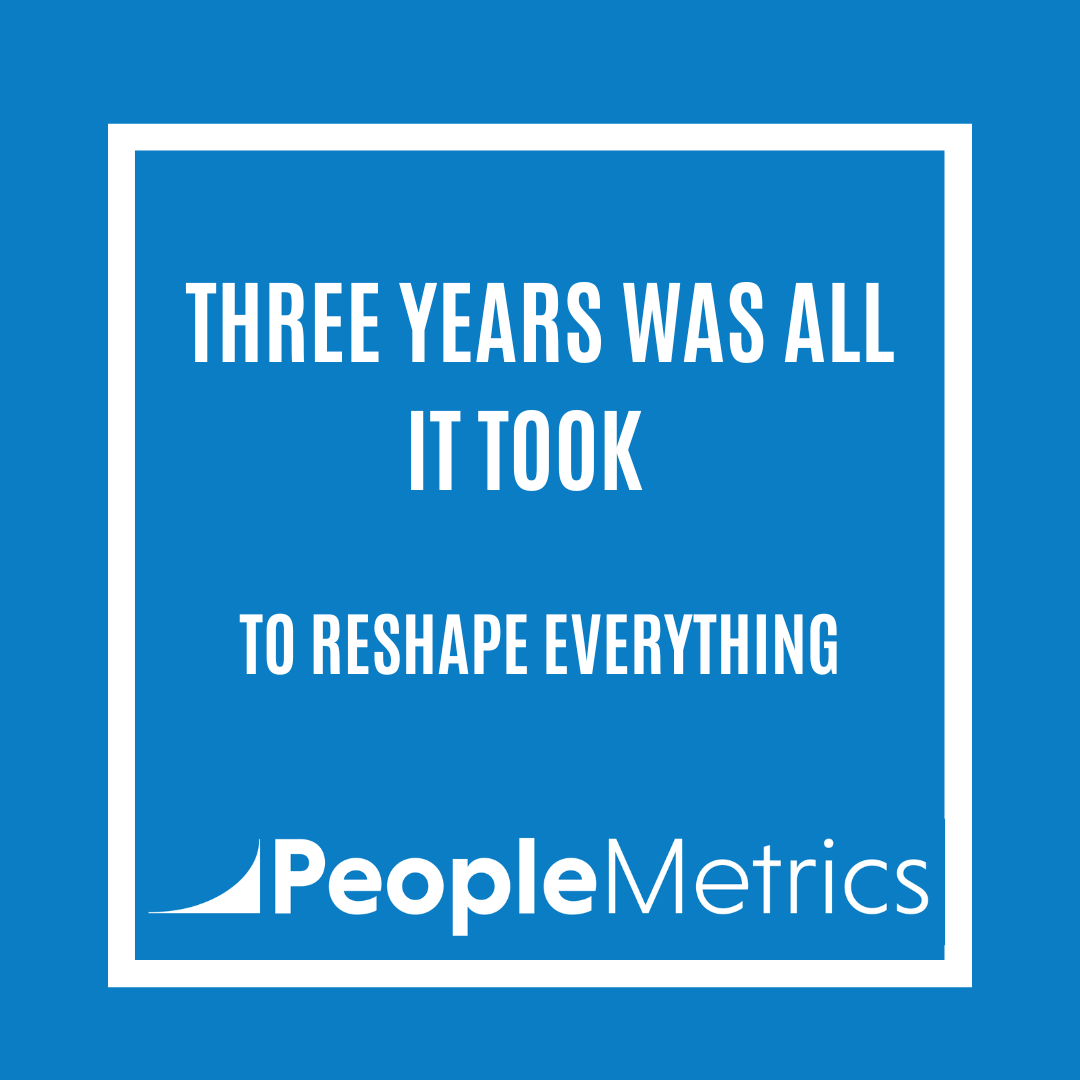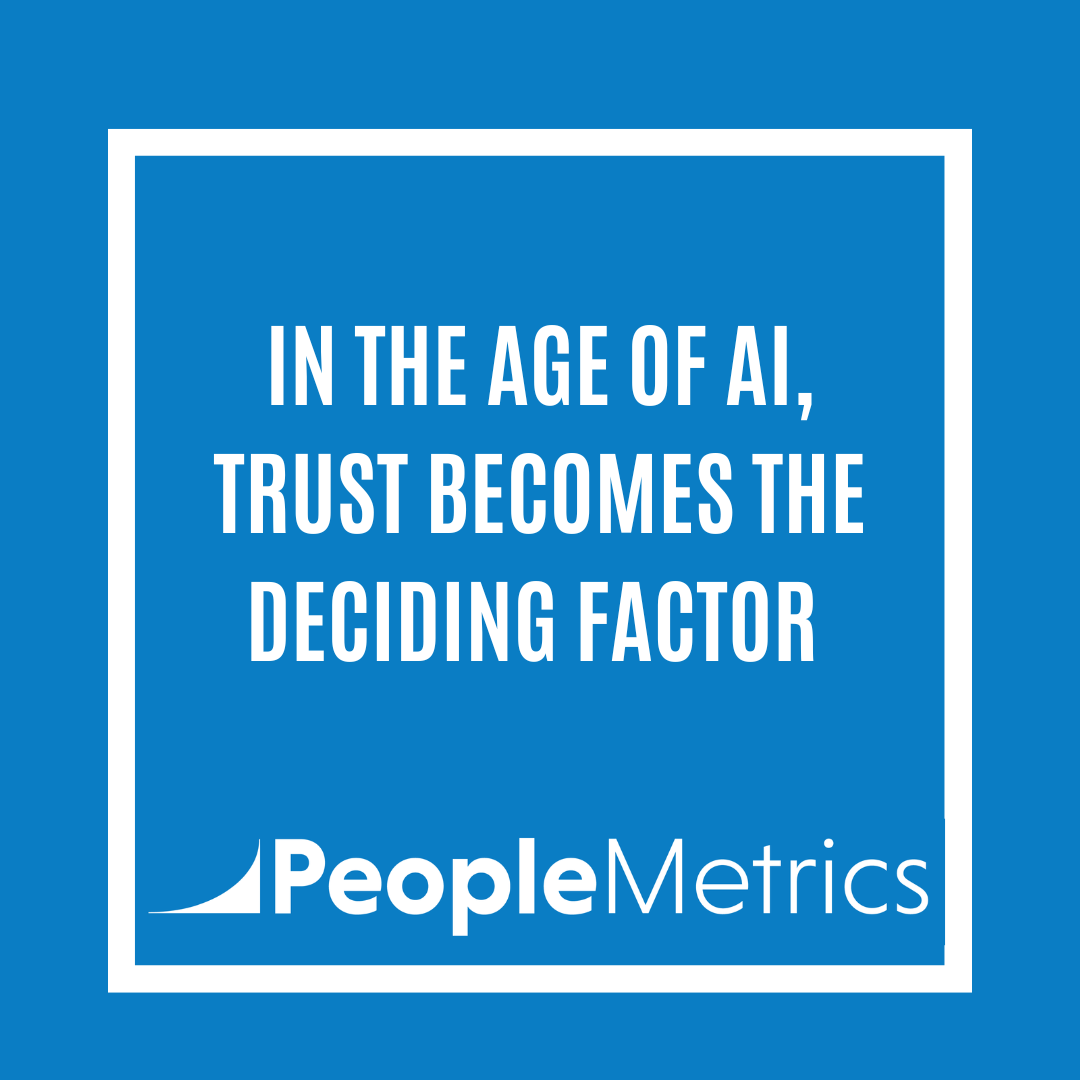The $10 million fraud scheme involving Op4G and Slice wasn’t just an embarrassment. It was expensive in ways most people never calculate.
Fake responses. Fabricated insights.
Strategies built on fiction.
Budgets spent (and wasted) on bad data.
And here’s the thing: this wasn’t a small-time scam.
It fooled global brands, universities, and healthcare systems for nearly a decade.
That’s what bad data does.
It doesn’t just distort your charts, it derails your decisions.
The Real Costs of Bad Data
Let’s break this down.
When your research is built on low-quality or fraudulent responses, you’re not just getting “less precise insights.”
You’re getting:
- Wasted budget: the entire research projects rendered useless
- Misguided decisions: product features built on lies
- Wasted time: teams chasing fixes for problems that don’t exist
- Misallocated resources: investments that never pay off
- Customer experience failures: changes that hurt, not help
- Internal trust issues: executives stop believing in “the data”
- Brand risk: when false insights lead to false promises
And most dangerously … you don’t know it’s happening.
The data looks clean.
The charts are pretty.
The answers sound reasonable.
But the foundation is rotten at its core.
You Only Have to Learn This Lesson Once
After you’ve seen what bad data can do … how much time, money, and credibility it can destroy, you get religious about data quality.
You stop accepting vague assurances from online panel providers.
You stop rushing past red flags.
You stop compromising on verification just to hit a deadline.
Because nothing slows a project down like having to redo it, or explain it to stakeholders.
Data Quality Isn’t a Checkbox. It’s a Multiplier.
High-quality data doesn’t just reduce risk.
It increases ROI.
When you know your data is clean:
- Your decisions move faster
- Your team has confidence
- Your outcomes improve
- You learn faster and act smarter
It’s not about being perfect.
It’s about being certain.
Bottom Line
Bad data doesn’t show up with a warning label.
It walks in the front door wearing a badge that says “Complete.”
The only way to avoid the costs?
Build quality into your process from the start.
Because once you realize what bad data really costs, you’ll never settle for “good enough” again.
Up next:
Post 9: What Synthetic Data Actually Is — And When It’s Useful





